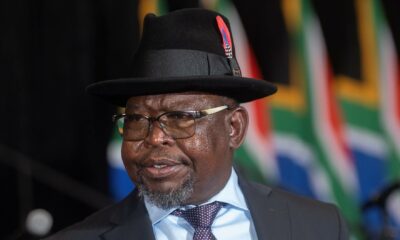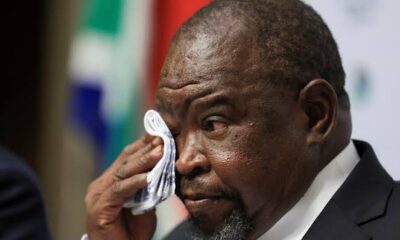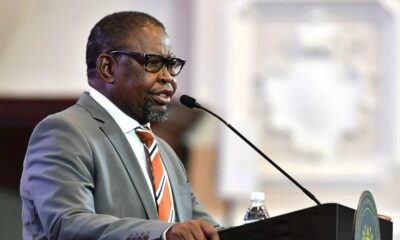Business
South Africa Officially Lowers Its Inflation Target to 3%: Here’s What It Means

A Major Shift in Economic Strategy
South Africa is officially entering a new chapter in its economic policy. After years of debate, the government has set a new inflation target of 3%, marking one of the most significant monetary shifts in the country’s recent history.
Announced by Finance Minister Enoch Godongwana in the latest Medium-Term Budget Policy Statement, the move follows more than a year of pressure from the South African Reserve Bank (SARB) to tighten the range that guides interest rate decisions.
For years, South Africa operated within a broad inflation band of 3% to 6%, which many economists argued gave too much room for fluctuation and uncertainty. The new single-point target, with a 1% tolerance band on either side, aims to make the country’s economy more predictable, competitive, and appealing to investors.
Why the Target Was Changed
The SARB has long maintained that keeping inflation low is crucial for economic stability. A tighter target, it believes, will help anchor prices and protect South Africans, especially lower-income households, from sharp rises in the cost of living.
While the central bank’s Monetary Policy Committee (MPC) is tasked with hitting the target, it’s the Finance Minister who formally sets it. Godongwana’s confirmation signals a rare moment of alignment between fiscal and monetary authorities, reflecting a shared belief that stable prices are essential for long-term growth.
What This Means for Everyday South Africans
The National Treasury says the shift will “benefit all South Africans,” particularly poorer households who are most vulnerable to price hikes on essentials like food and transport.
Lower inflation also brings a potential silver lining for borrowers: lower interest rates in the future. The SARB has already been guiding its policy decisions closer to the 3% mark in recent meetings, even before this official change.
Inflation itself has been calm over the past year, with September’s figure sitting at 3.4%, comfortably within the new range. Economists now expect the SARB to respond with a 25-basis-point rate cut at its next meeting, which would take the repo rate down to 6.75%.
A Long Game with Big Payoffs
The full transition to the 3% target will take place over the next two years, giving policymakers time to fine-tune monetary tools and manage risks. For consumers, it won’t mean instant price drops, but rather a gradual, steadier path toward affordability and economic confidence.
For South Africa, this isn’t just about hitting a number. It’s about building trust in the system, from global investors to local households, and showing that the country can control its inflation without stifling growth.
As the SARB tightens its focus and Treasury locks in support, the message is clear: economic discipline now could pave the way for a more stable and prosperous future.
Also read: Mini-Budget 2025: Godongwana’s Balancing Act Offers Hope, Not Hype
Follow Joburg ETC on Facebook, Twitter, TikT
For more News in Johannesburg, visit joburgetc.com
Source: Business Tech
Featured Image: iStock



























